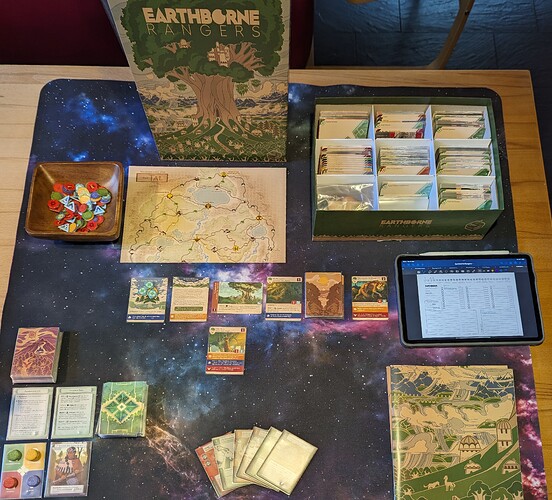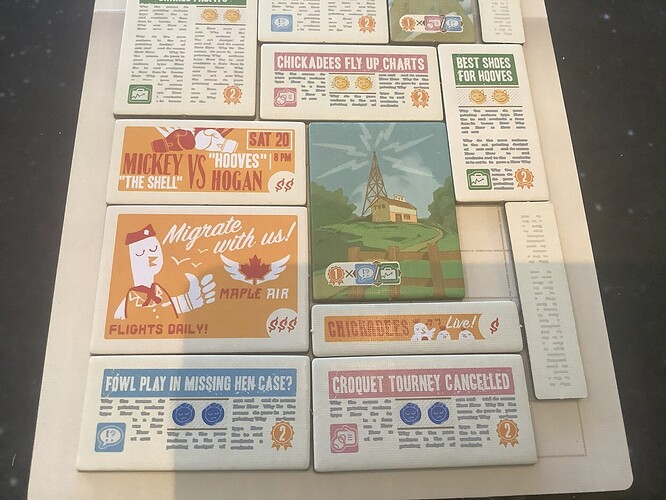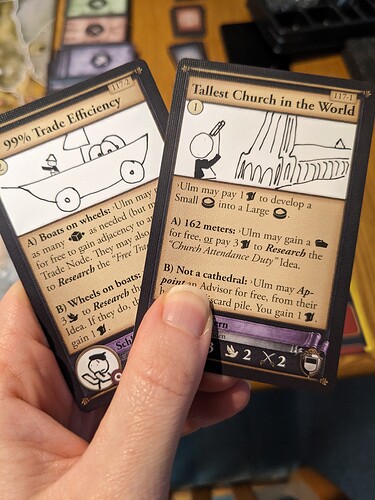Last night I had my first full game of Earthborne Rangers.
Which I started over after a few turns due to some rule mess-ups with card placements and tests and tiredness.
This is a story driven card game with deck construction à la Arkham Horror:TCG (which I tried and got rid of quickly because Arkham theme and Arkham style and Arkhamechanisms)
The story takes place in the Valley in a far future where mankind had retreated from the surface of the planet long enough for the Earth to recover from us and now we‘re returning with a promise to take better care of everything this time around. Thus the Rangers. 1-4 players take on the roles of newly graduated rangers.
There is a map and you can travel around the map for as long each day as your deck lets you. There is a 30 day campaign. There are quests you can pick up but it is very open world style. While there is a starting quest you are given this one is meant to just get you playing, after that… it is exploration and discovery. I am sure more of a central story-line will emerge soon enough. I have already had a chance to note a couple of „reactions“ on the campaign sheet for later reference 
For my first game I traveled to several locations, completed the first quest and helped out another resident of the Valley… and just when I got my first quest reward, I keeled over from exhaustion (of my deck). Oops.
The game is played in turns, on your turn you either play a card or perform a test. Both usually costs energy. Everyone has 4 attributes and gets energy according to how they chose their attributes (which are unlikely to change except for maybe some rewards one might get?). When you run out of energy you/the group rests for a bit to reset your energy, draw a ranger card (from your deck) and an additional path card (those are usually „problems“) and then turns resume.
A test is much like an RPG test, you get a difficulty that you need to surpass and a strength of effect from the test. There is a random element from the world effect you draw to see if you succeed and some consequences where path cards match the world effect are triggered. Also failing a test may give you a wound or tire you (losing cards from the deck to your exhaust pile which is different from your discard mostly in that you sometimes get to recover cards from the exhaust). To pass the test you can discard more of your energy or discard cards with a symbol matching the test.
At each location you have different combinations of path cards depending on the location and how you traveled there. Your goal might be just to travel to another location, meet a person, explore, find a special or …. I have only played a single game.
Many cards have some storybook elements you get to read and depending on a variety of factors there are branches… nothing too complicated so far.
It is all quite nice and feels like actually playing a game and not just reading story book elements like I felt with Sleeping Gods.
Also there are different approaches to solving cards, you can just try to sneak past the beast, you might have a weapon and fight it or you might „convince“ it you are friendly and not food. You might just ignore it to „fulfill“ the location card as fast as possible to get away from the location…
I am looking forward to my next game. And hope I will not fall over from deck exhaustion again because I want to incorporate my quest reward from the last game 
PS: wounds are terrible and to be avoided at all costs, it is very tiring to keep going when you are wounded.



